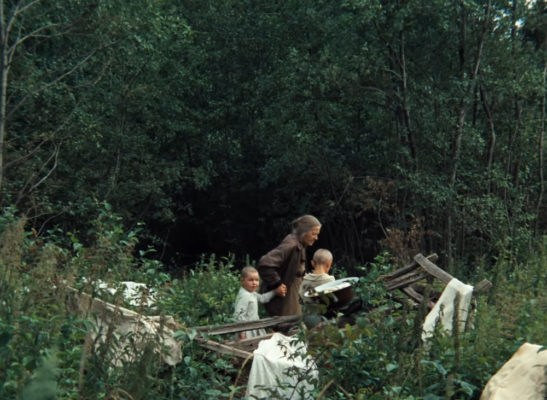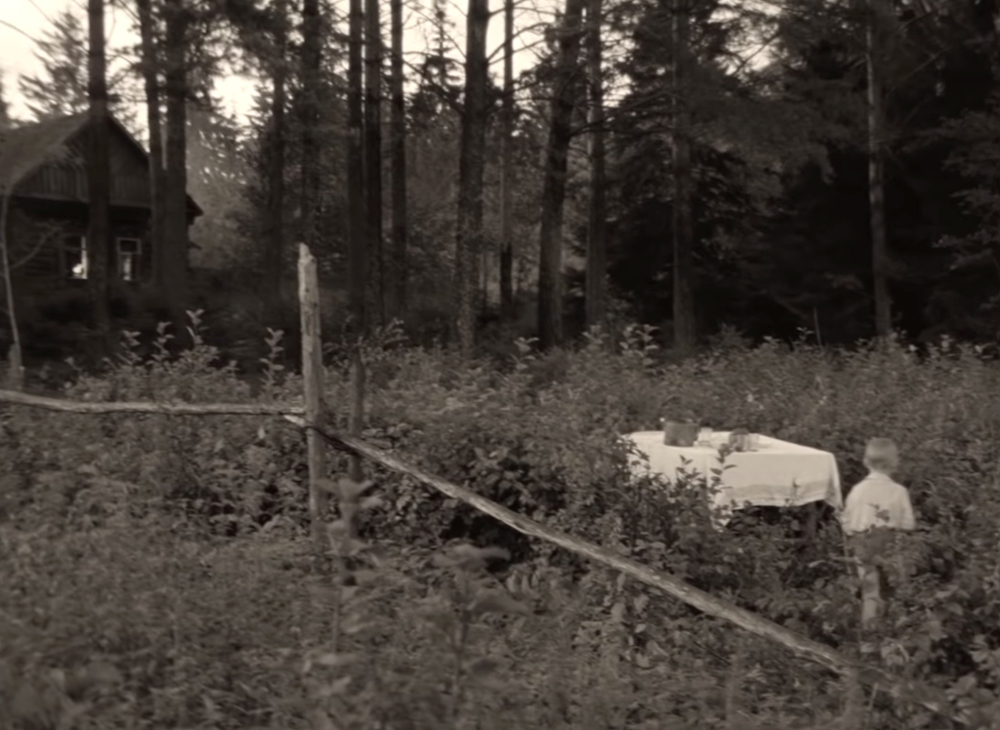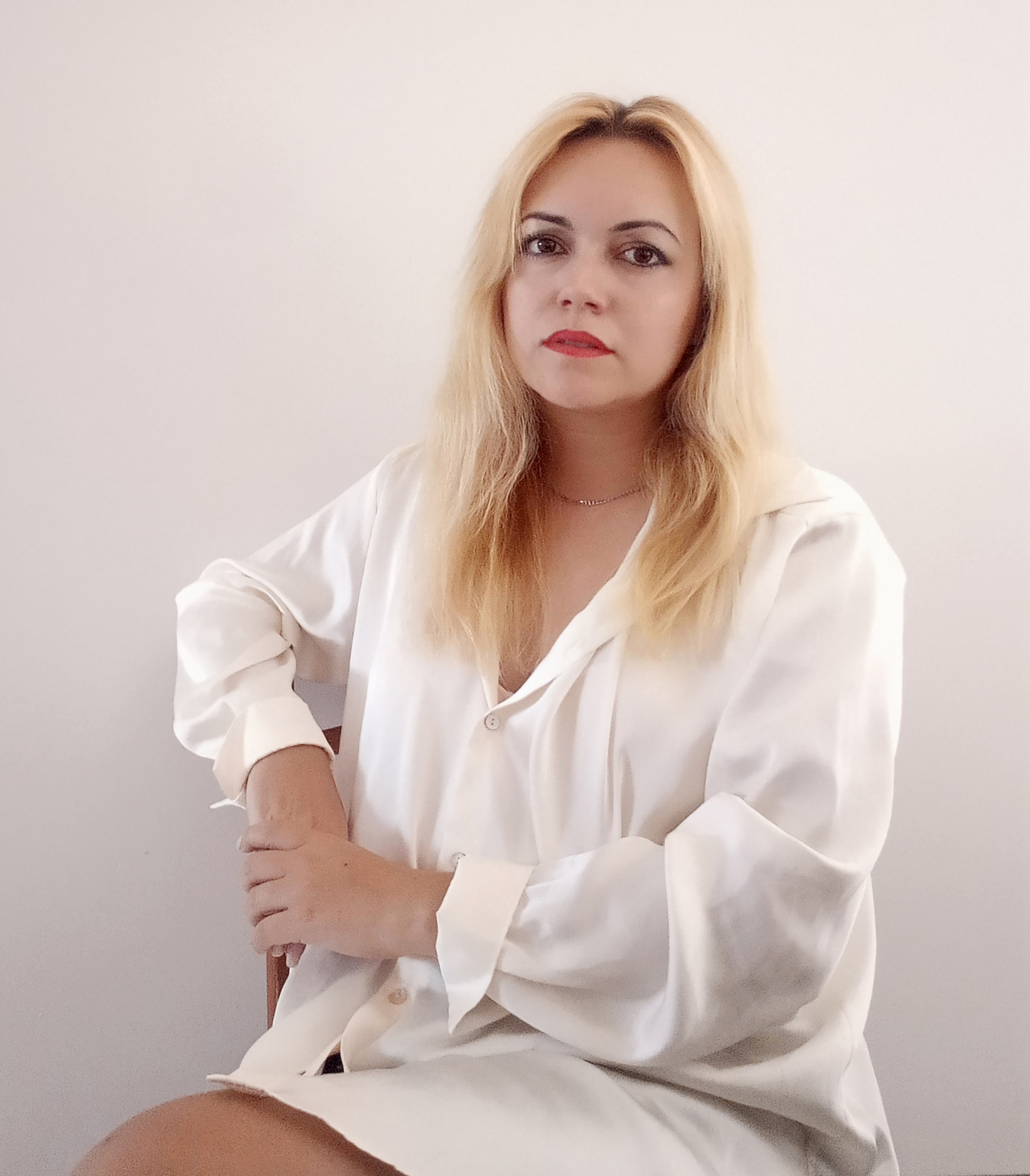Search
To search for an exact match, type the word or phrase you want in quotation marks.
A*DESK has been offering since 2002 contents about criticism and contemporary art. A*DESK has become consolidated thanks to all those who have believed in the project, all those who have followed us, debating, participating and collaborating. Many people have collaborated with A*DESK, and continue to do so. Their efforts, knowledge and belief in the project are what make it grow internationally. At A*DESK we have also generated work for over one hundred professionals in culture, from small collaborations with reviews and classes, to more prolonged and intense collaborations.
At A*DESK we believe in the need for free and universal access to culture and knowledge. We want to carry on being independent, remaining open to more ideas and opinions. If you believe in A*DESK, we need your backing to be able to continue. You can now participate in the project by supporting it. You can choose how much you want to contribute to the project.
You can decide how much you want to bring to the project.

Since my childhood, when my bones, my nerves and my veins were not yet consolidated, always and up to the present time […] I have joyfully experienced in my soul the gift of this vision.
Hildegard of Bingen
Slip away, leave one’s body and see, there is no warning when this happens. Open eyes observe without mechanism, without dialectic, without language, only image living in time, a time detached from any rational logic as the linearity of its flow has been broken, split off from all structural weight, from all concepts. In this involuntary segregation of a break with temporal continuity, the weight of this body becomes intangible and there is no gravity, space is rarefied, light is different, everything is in focus, clearly defined, without nebula or allegory, a luminosity that reveals the contours of what lies before my eyes.
This is what happened the first time I had such an unusual experience. I think I must have been about four years old, and at that time I used to spend afternoons playing alone in a small outdoor patio outside the door to my mother’s house. The plants there, all of them different with their own pots, created harmony. For me, each one had its own particularity and its own needs, and I listened to them and sometimes I sang to them. During one of those afternoon conversations with the plants, I suddenly began to feel my feet begin to gently separate from the ground, and I began to notice how the air circulated beneath them. The patio was filled with a bright light that illuminated areas that I had never seen before, blocked as they were by the walls of the house. I then saw myself from the other side of the patio. I don’t know how long this event lasted before I returned to everyday life, but the feeling was one of infinite transience, and something had changed in me. After this strange event, a transfiguration occurred in my way of perceiving and seeing, something had forever changed, or rather something had opened up in me. This experience pierced not only the plane of prophetic clairvoyance, but also that of the mediumistic vision.
Hildegard of Bingen spoke in her visions of an inner sensation of light that invaded her just at the moment of perception. What’s more, these happened with her eyes open[1]Or the outer eyes was a term used by Hildegard of Bingen to speak of her visions that occurred in the waking state. without entering the abandonment of ecstasy, in her soul, without the need to enter into an altered state of consciousness. In the same way, awake and illuminated by a kind of light that seemed to come from within, my first vision happened, one to which I return to in my memory over and over again, and which I consider, without a doubt, the event of an initiatory communion. It was the beginning of what, years later, would give meaning to the visions that have since constituted me as I am, and which in recent years have become increasingly lucid and clear. These prophetic visions occur while I’m awake, and I always feel that I begin to float and elevate (much higher than when I was four) to such an extent that I can pass through the different heights of a building, I can reach the rooftop and see in all detail the different altitudes of the houses, the walls, the roofs, the cracks. In these journeys (sometimes shorter, sometimes longer) my body elevates. Even though I am aware that my physical feet are still on the ground, I feel at the same time the outside wind, the color, and the temperature of the other place. I am awake, I do not abandon my state of consciousness, but I am seeing with eyes that in no way can be considered physical, which must be the inner eyes that perceive an out-of-body experience, in my soul, and the existence of a consciousness beyond the limits of my body. After elevating, I arrive at a specific place, a place that exists, in which events are shown to me that either reveal something hidden from my knowledge, something from the past or often something that is about to happen. The clarity of the space and the objects is as if I were physically in that place, although the upward movement of floating and passing through obstacles reveals what might be considered “strange” from the outside.

This sense of something both strange and familiar is what I felt the first time I saw an Andrei Tarkovsky film. In his film images I saw something very close to my visionary experiences, much more than I have ever seen in any other kind of art work, something that resembles very much the way my visions are visually and acoustically presented. The first film of his that I saw was The Mirror (1974), and I felt that his vision of the world and my world coincided. It was a very intimate experience which words can never fully describe. In this film, I remember feeling like I was immersed in a journey in which there was no difference between my visionary world, my dream world and my waking state, only long shots where time seemed to exist within the objects, actors and space, modulated without cuts. I remember, in a passive way, the journey around Yurévetz’s dacha[2]This Russian country house on the Volga was completely rebuilt to make the film The Mirror. (Tarkovsky’s childhood home) where the camera orbits around the house showing how the wind moves the plants and the branches of the trees, and in which everything happens in slow motion. A child, Andrei, walks around the house, and what I see as a spectator is what he sees, but the frame of the camera is further up, revealing a point of view from higher up, as if young Andrei was floating, which creates something strange and uncommon. I see from within the child’s gaze and I also see him, and all this happens organically, it is something that as a “viewer” I experience. That’s how I felt when I saw this scene, for the way in which Tarkovsky shows the events in his films corresponds to the passage from my “everyday” life to that of a visionary state. Some viewers, after the premiere of The Mirror, wrote letters to Tarkovsky, from which some significant fragments related to their own identification in his film are extracted: “Thank you very much for your film The Mirror. My childhood was exactly like that… […] There was an identical wind then, and a similar storm… […] You know, as I looked at the screen in that dark room illuminated by your talent, for the first time in my life I felt that I was not alone.” “[…]The Mirror. A film which I am not even able to describe, but which I lived.” “For the first time, a film seemed real to me. And that is precisely why I saw it over and over again, to live for it and in it.”[3]Tarkovski, Andréi. Esculpir en el tiempo. (Madrid: Rialp, 2015). Spectators in letters to Andrei Tarkovsky about The Mirror.
Tarkovsky extracted the ideas for his films, as well as for the filmed sequences, through his dreamlike visions,[4]Tarkovsky’s prophetic visions occurred on the level of dreams and once they were reflected in his films, they often occurred in his everyday life. which he then captured on film as experience, as lived time, not as speculation or as a sign[5]Tarkovski had developed his own cinematographic theory where he appealed to the idea of the cinematographic image as an experience recorded in factual forms and phenomena through fixed time. Thus, he … Continue reading that the viewer had to decipher. His visionary experience is manifested to the viewer through the present time, what he calls empirical or experienced time, in the movie theater. The time that has been fixed in the film is re-lived by the viewer as a revelation, as a kind of transfiguration in which through observed time they enter the reality of the film as if they were there. Tarkovsky captures time on the screen that may belong to the past or the future, or even both times existing in the present. In the final scene of The Mirror, the past and the future are unified in a single shot, in which the mother of Tarkovsky, Maria Ivanovna, is no longer interpreted by the young Margarita Terekhova but by herself in her real age. The strange thing about the scene is that Maria is already old, while her children Andrei and Marina are still children. Tarkovsky breaks all temporal relations between cause and effect. Different times intersect and follow a poetic logic which is quite familiar to me, because in my mediumistic visions none of this is strange, that’s how I see those who have abandoned physical life, in different temporal coordinates but in the same place where they lived, near their loved ones, and all of this happens in me without any effort on my part, without entering an altered state of consciousness. These visions also appear with my eyes open, although the image is manifested in my inner eyes.
The first time I saw a Tarkovsky film, I found somewhere where I recognized my visionary experience.

Bibliography:
Bird, Robert. Andrei Tarkovsky. Elements of Cinema. London: Reaktion Books, 2008.
Botz-Borrnstein, Thorsten. Films and Dreams. Tarkovsky, Bergman, Sokurov, Kubrick, and Wong Kar-wai. Plymouth: Lexington Books, 2008.
Carrera, Pilar. Andrei Tarkovski. La imagen total. México D.F: Fondo de Cultura
Económica, 2008.
Cirlot, Victoria. Vida y visiones de Hildegard von Bingen. Madrid: Siruela, 2009.
Fraboschi, Azucena. “Scivias, de Hildegarda de Bingen: Declaración
de las verdaderas visiones que fluyen de Dios”. Agentina: Stylos Nº 15, 2006.
Llano, Rafael. Andréi Tarkovski. Vida y obra I. Madrid: Mishkin, 2017.
Mouriño, José Manuel. Andréi Tarkovski y ‘El espejo’. Estudio de un sueño. Madrid:
Círculo de Bellas Artes, 2018.
Robinson, Jeremy M. The Sacred Cinema of Andrey Tarkovsky. Maidstone: Crescent Moon Publishing, 2006.
Tarkovski, Andréi. Esculpir en el tiempo. Madrid: Rialp, 2015.
– , Atrapad la vida. Madrid: Errata naturae, 2018.
–, Martirologio. Diarios. Salamanca: Sígueme, 2011.
– , Narraciones para cine. Madrid: Mardulce, 2018.
VVAA. Acerca de Andréi Tarkovski. Madrid: Jaguar, 2001.
VVAA. La experiencia contemplativa. En la mística, la filosofía y el arte. Barcelona: Kairós, 2016.
| ↑1 | Or the outer eyes was a term used by Hildegard of Bingen to speak of her visions that occurred in the waking state. |
|---|---|
| ↑2 | This Russian country house on the Volga was completely rebuilt to make the film The Mirror. |
| ↑3 | Tarkovski, Andréi. Esculpir en el tiempo. (Madrid: Rialp, 2015). Spectators in letters to Andrei Tarkovsky about The Mirror |
| ↑4 | Tarkovsky’s prophetic visions occurred on the level of dreams and once they were reflected in his films, they often occurred in his everyday life. |
| ↑5 | Tarkovski had developed his own cinematographic theory where he appealed to the idea of the cinematographic image as an experience recorded in factual forms and phenomena through fixed time. Thus, he separated the idea of image as sign from the point of view of formalism and structuralism, the cinematographic image for him is something alive that is directly related to the passing of time. |

Lucía de la Cruz was born in 1989 in Santa Cruz de Tenerife. She holds a degree in Fine Arts from the University of La Laguna. She holds a Master’s degree in Contemporary Art History and Visual Culture from the Museo Nacional Centro de Arte Reina Sofía. She is currently in the fourth year of the doctorate in Art History at the UAM in the programme of Artistic, Literary and Cultural Studies, with a thesis entitled: “Time in the cinema of Andréi Tarkovski. A path towards filmic epiphany”. His artistic production moves between the videographic and cinematographic image, under the halo of a Tarkovskian logic, understanding the filmic image as a phenomenon inserted in time. This academic training is complementary to his visionary experience as a medium and seer, an experienced field that he considers the essential axis of his life and to which he is currently dedicated.
"A desk is a dangerous place from which to watch the world" (John Le Carré)